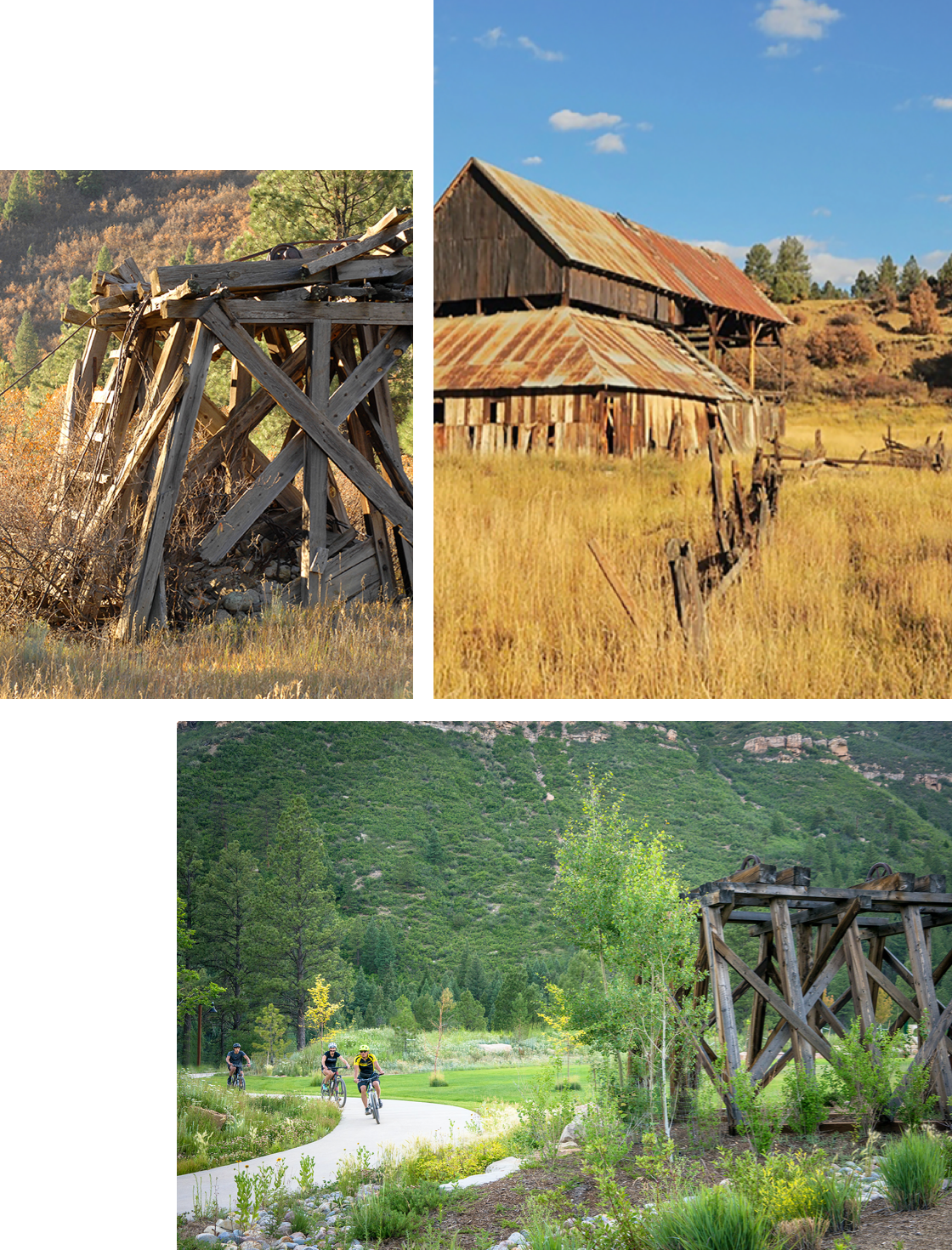A Family Adventure
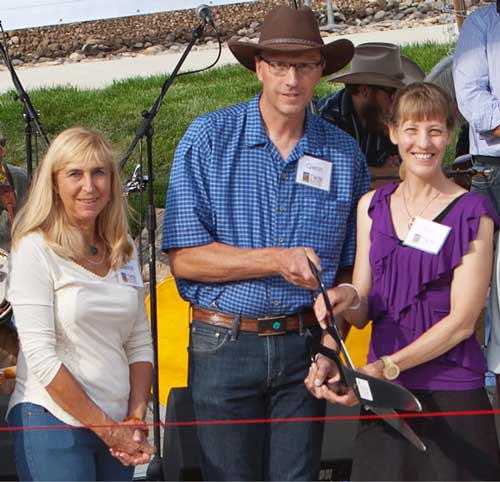
The Owners
Twin Buttes of Durango is owned and run by brother-and-sister team Glenn and Terri Pauls, who assumed ownership of the development area from their parents, Edward and Florence Pauls, in 2007. Ed and Flo felt that the higher, more rugged region should become public land for all to enjoy. So in 2011 they donated 290 acres to the City of Durango, including the twin buttes themselves and most of the trail network they had hired Daryl Crites to design.
Brother-and-sister owners Glenn Pauls (center) & Terri Pauls (right), with Glenn’s wife Dianne (left) at the Ribbon Cutting Dedication of Historic Tram Park and a tremendous amount of infrastructure from Twin Buttes to the City of Durango on September 8, 2017.
Growing Roots
Glenn and Terri began building infrastructure for the neighborhood while also working on some land along highway 160. In 2010 they replaced an old, dilapidated gas station with the Speedway (formerly named Giant) gas station, with high energy efficiency, heat exchangers, and solar power. They also provided a new home for Animas High School.
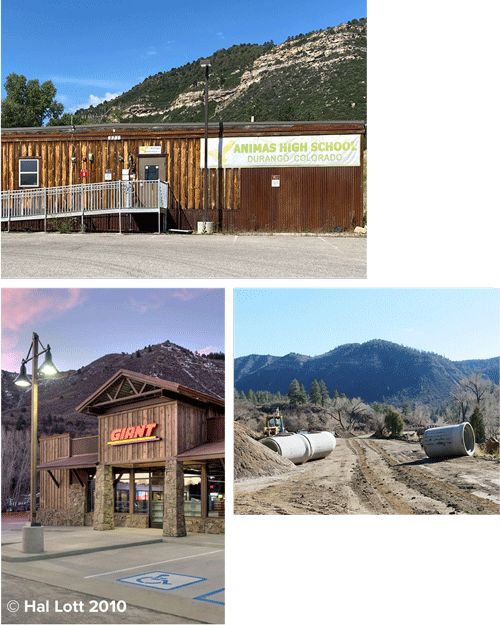
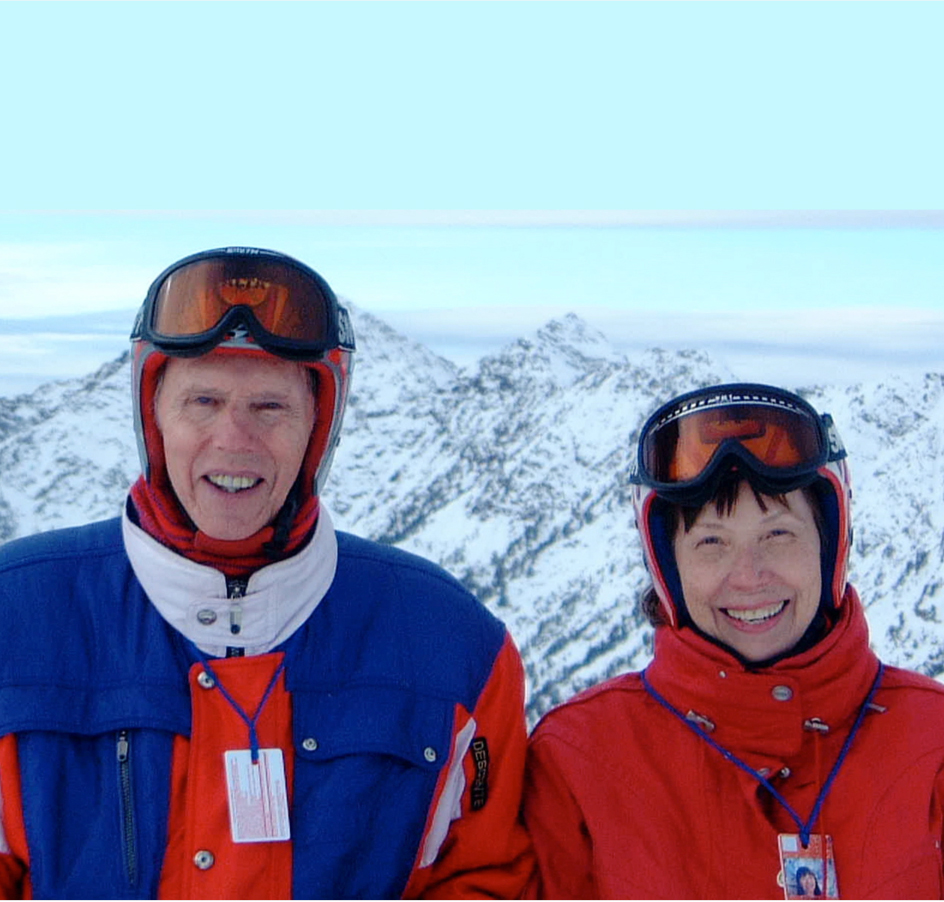
History of the Pauls Family
In 1975, Ed Pauls was a mechanical engineer in Minnesota who wanted to beat his friends in a local cross-country ski race, so he invented the NordicTrack ski exerciser for his own training. A former Olympic skier encouraged him to sell it commercially just as the fitness boom swept the country. So Ed and Flo, aided by son Glenn and daughter Terri, started a family business that grew from their garage to the American Dream.
After selling the business in 1986, Ed and Flo began investing in real estate. The whole family, all outdoor adventurers, eventually moved to the mountain West.
Ed and Flo met in the Ullr Ski Club of Minneapolis in 1957. Flo, an elementary school teacher, held her own on the ski hill. Glenn and Terri grew up in a neighborhood that, like Twin Buttes, had natural places to explore close to home with the neighbor kids. Their imaginations created other worlds while they gained skills, confidence, and connection to place and each other. As adults, Glenn assisted Ed and Flo with real estate investments while Terri pursued environmental education.
Ed also invented the classic Rosemount alpine ski boot and binding system in the late 1960s and the Flipski outrigger for disabled alpine skiers in the early 1970s. In his 60s, Ed took up jumping on a pogo stick, then gave a tall version to Glenn and a small one to grandson Trevor so they could all hop together. He sent one to Terri for her 37th birthday with a note of playful wisdom: “Keep the kid in you alive! Never stop goofing off!”
Ed passed away in 2011, followed by Flo in 2016. The Twin Buttes Trails “Ed and Flo” are named after them because the steep downhill curves are reminiscent of what they loved most: making alpine ski turns through deep powder snow.
History of the Land
Stories of the Past
The first known inhabitants of this area were the Ute tribe of Native Americans.
From 1901 to 1926, the Boston Coal & Fuel (BC&F) Company extracted coal from the Boston Mine (also known as Perins Peak No. 1) northwest of the twin buttes. The company built a train line that made switchbacks up and beyond the current development area, crossing high on the flanks of the south side of the buttes. The train hauled not only coal, but also served the company town of Perins, which had 200 residents, a boarding house, and a school in its heyday.
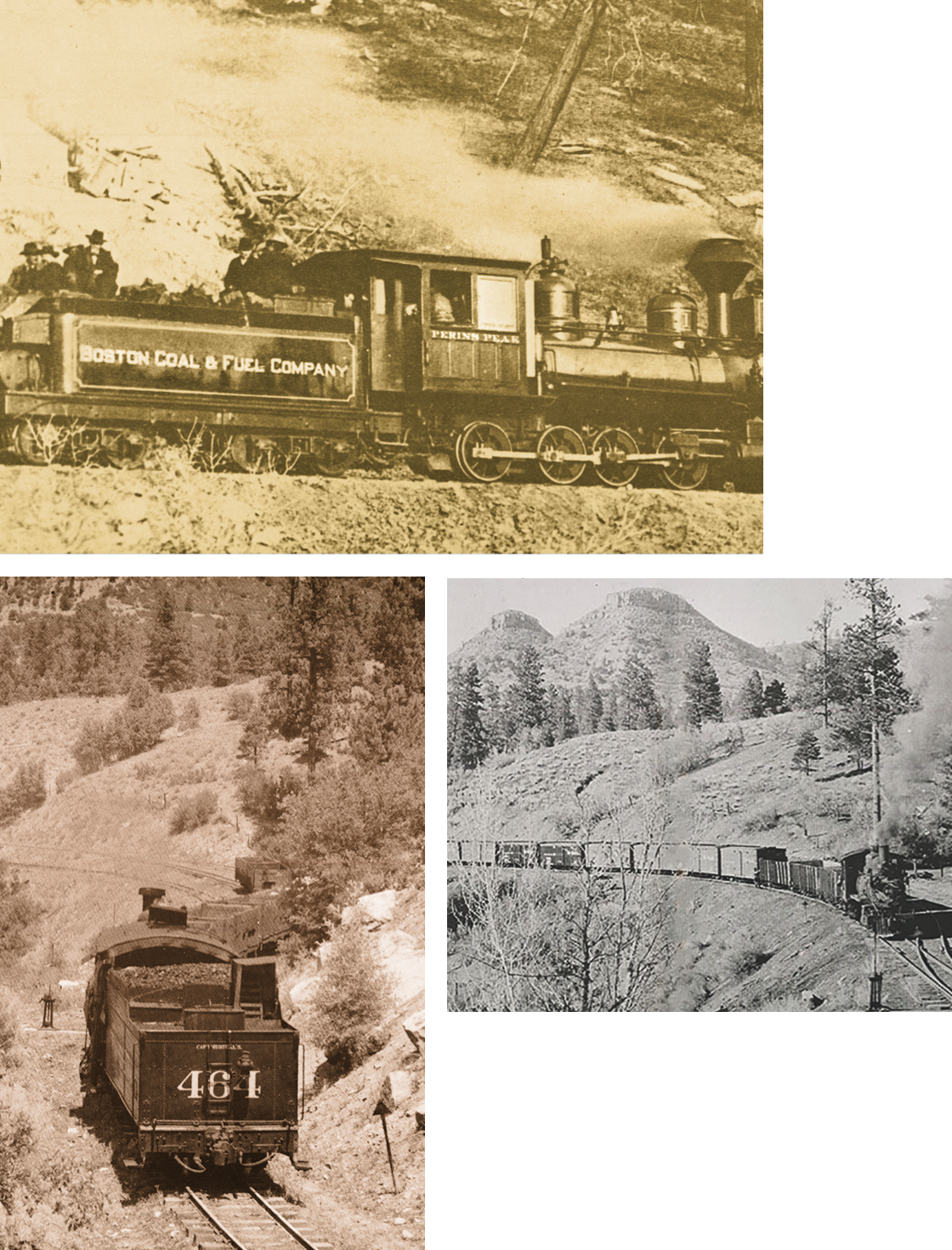

Twin Buttes’ east entrance road near Speedway Gas station and part of Lightner Creek Trail from the road to Historic Tram City Park are part of the old railway bed. It makes its first switchback just below the park, where Twin Buttes has made it a 10-foot-wide paved trail that goes under the Aster Lane Bridge, through a wooded area between homes, then along Wood Rose Lane to its second switchback, turning west along Twin Buttes Avenue to the Sunset West neighborhood.
From there it switches back to the east on its earthen bed to the Twin Buttes Trail. It emerges above the private land inholding as the Upper BC&F Trail, which traverses the buttes and eventually crosses at a gate from city land to the 7,700-acre Perins Peak State Wildlife Area. Hikers can continue from there to the old site of the mine and town of Perins.
The structure at the lower end of Historic Tram Park is a replica of the old tipple, where tram cars full of coal from the Triangle Mine, high on the ridge to the south, across highway 160, were unloaded by tipping them into a train car.
Later, a railway trestle was built across highway 160.
The Twin Buttes land was also used for farming and ranching. An old barn stands near our west entrance and we’ve placed old farm implements along the west entrance road. Before the Pauls family purchased the property in 1995, it was the 400-acre Roe Family Ranch.
